Q: Why is the thickness of the electrode sheet uneven after roll pressing?
A: It may be due to uneven roll pressing pressure or unstable roll pressing speed of the equipment.
Q: Why is the thickness of the electrode sheet uneven transversely after roll pressing?
A: It may be caused by misalignment in the installation of the rolling machine's rollers or uneven surface of the rollers.
Q: Why is the thickness of the electrode sheet uneven longitudinally after roll pressing?
A: It may be due to uneven roll pressing pressure or unstable roll pressing speed of the rollers.
Q: Why does the electrode sheet exhibit crescent-shaped bending after roll pressing?
A: It may be caused by uneven roll pressing pressure or uneven surface of the rollers.
Q: Why does the electrode sheet have wavy edges after roll pressing?
A: It may be caused by uneven roll pressing pressure or unstable roll pressing speed.
Q: Why are there dark streaks on the surface of the electrode sheet?
A: It may be due to uneven surface of the rollers or unstable temperature of the rollers during roll pressing.
Q: Why does the electrode sheet have curled edges?
A: It may be caused by uneven roll pressing pressure or unstable roll pressing speed.
Q: Why does the electrode sheet break during the process?
A: It may be caused by excessive roll pressing pressure or unstable roll pressing speed.
Q: Why does the electrode sheet produce powder during the cutting process?
A: It could be due to poor incoming material quality, excessive moisture content before roll pressing, excessive pressure during roll pressing, or severe wear of the cutting blade.
Q: Why are there a large number of burrs during the cutting process?
A: It could be due to inadequate performance of the cutting blade, unstable tension before and after the electrode sheet cutting, severe blade wear, or imprecise cutting angle and disc accuracy.

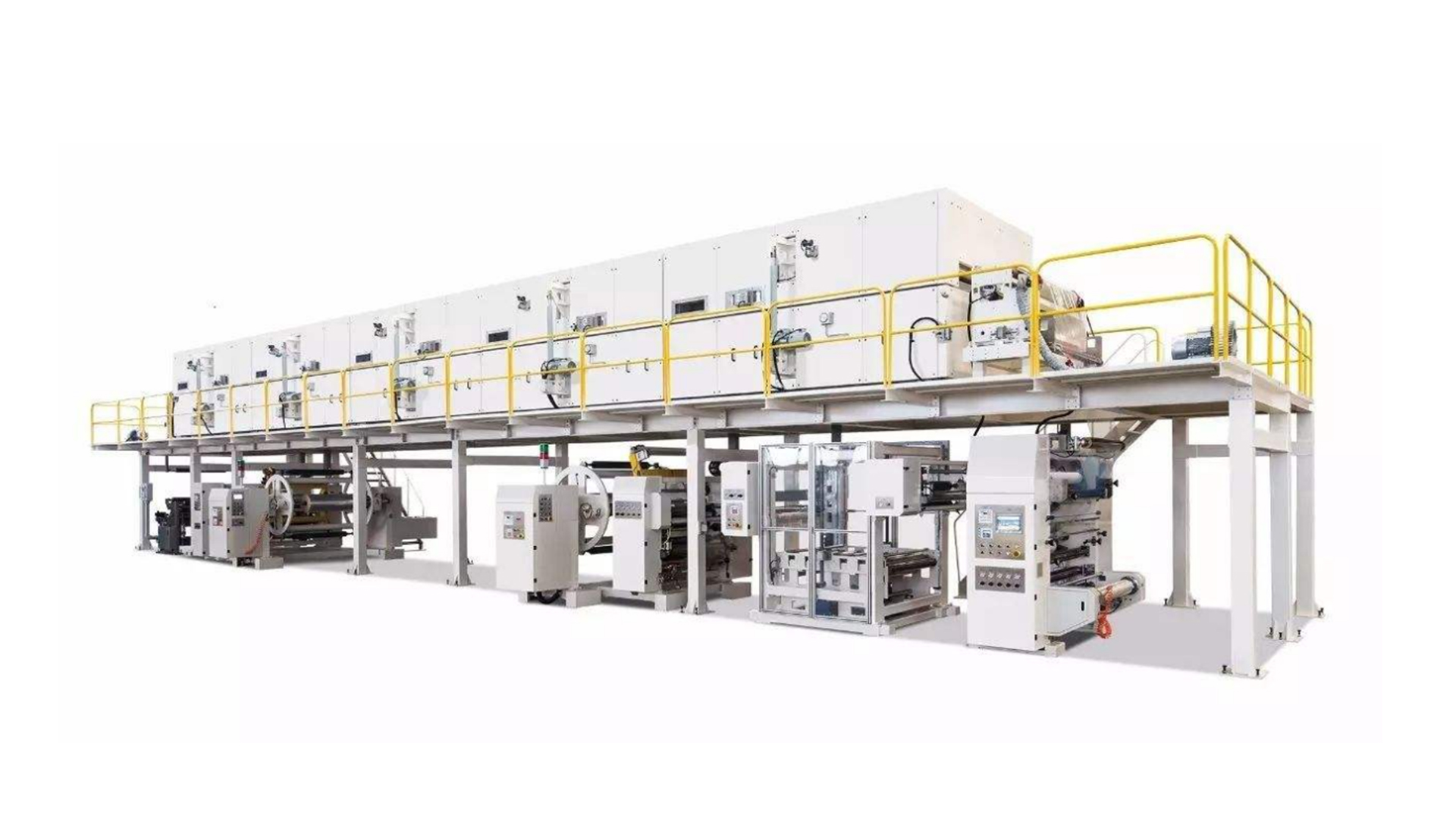 coater
coater Advanced Extrusion Coater for High Quality Coating
Advanced Extrusion Coater for High Quality Coating High-Quality Transfer Coater for Smooth Coating
High-Quality Transfer Coater for Smooth Coating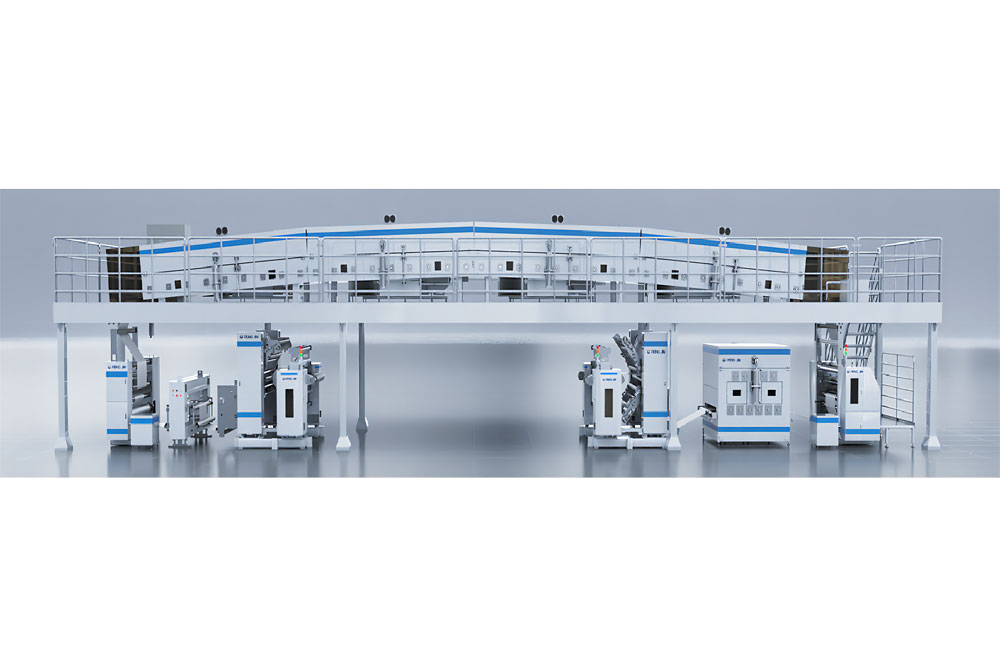 The double guide arm structure Gravure coater
The double guide arm structure Gravure coater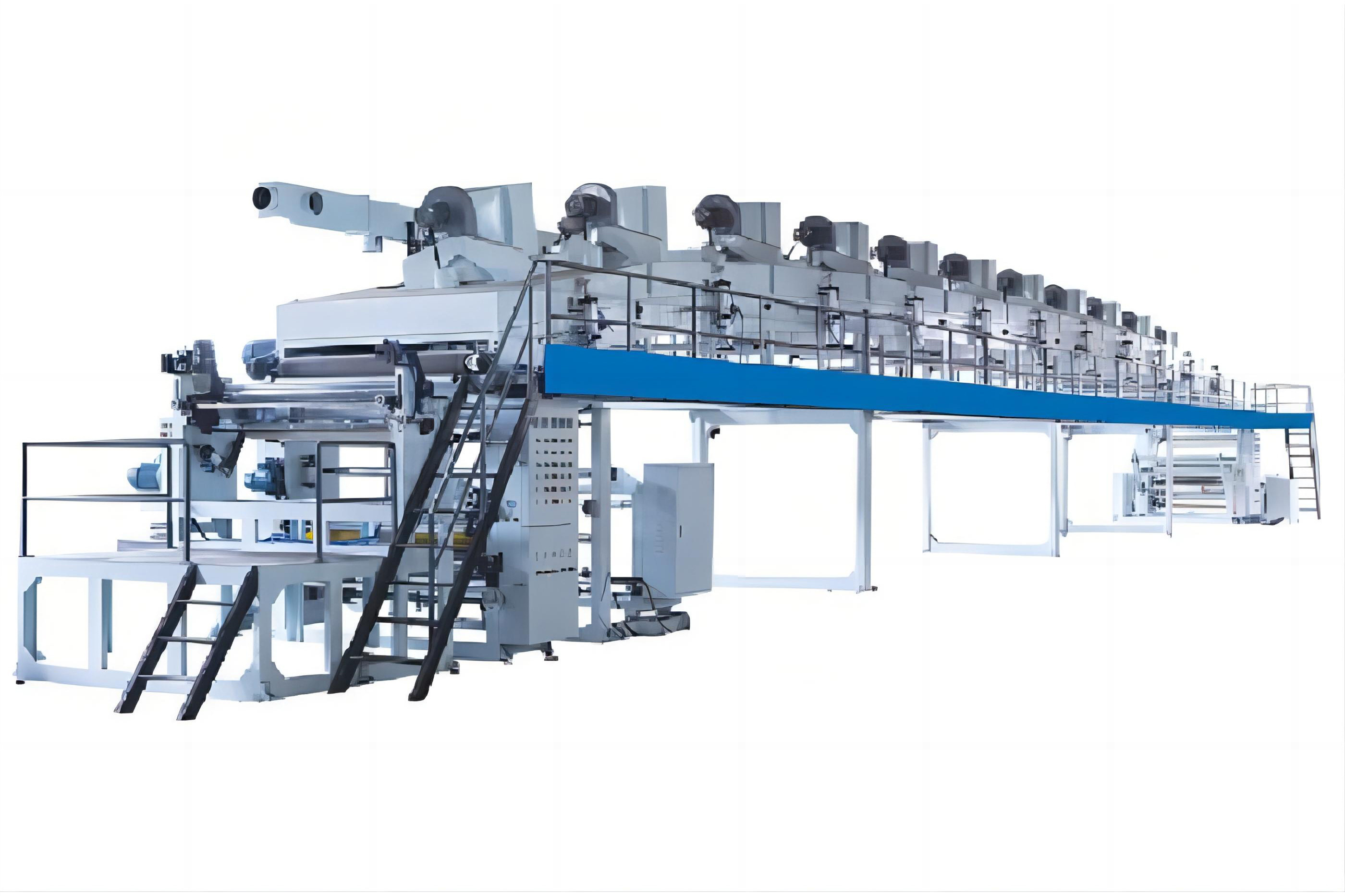 The double guide arm structure Gravure coater
The double guide arm structure Gravure coater Enhanced Coating: High-Precision Micro-Concave Coater
Enhanced Coating: High-Precision Micro-Concave Coater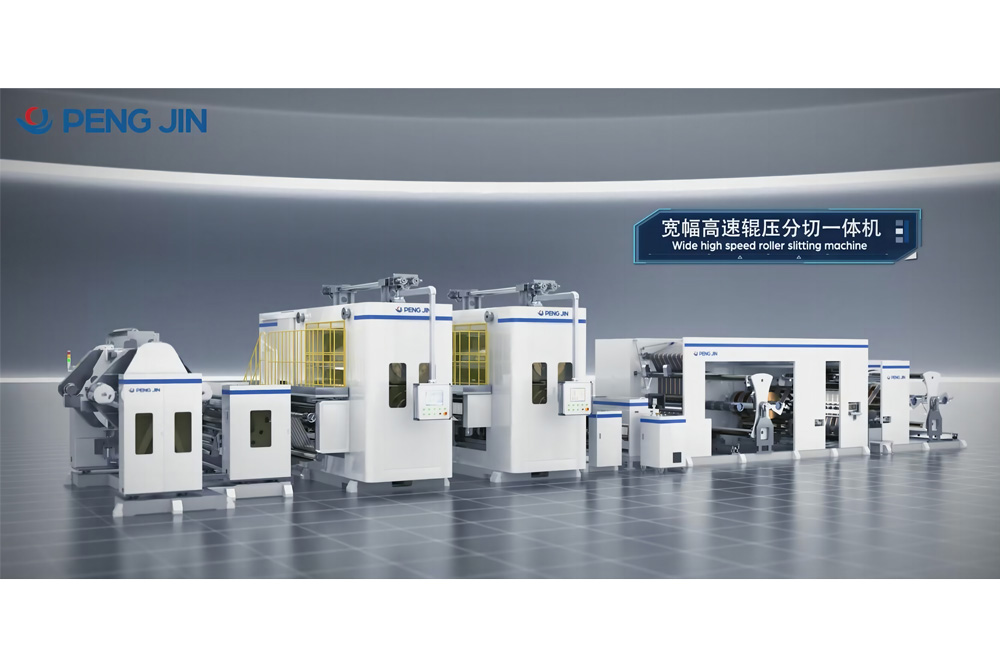 Dry Electrode Diaphragm Calender
Dry Electrode Diaphragm Calender Hunan Desai NMP Distillation Equipment
Hunan Desai NMP Distillation Equipment Shaoxing Fudi NMP Distillation Equipment
Shaoxing Fudi NMP Distillation Equipment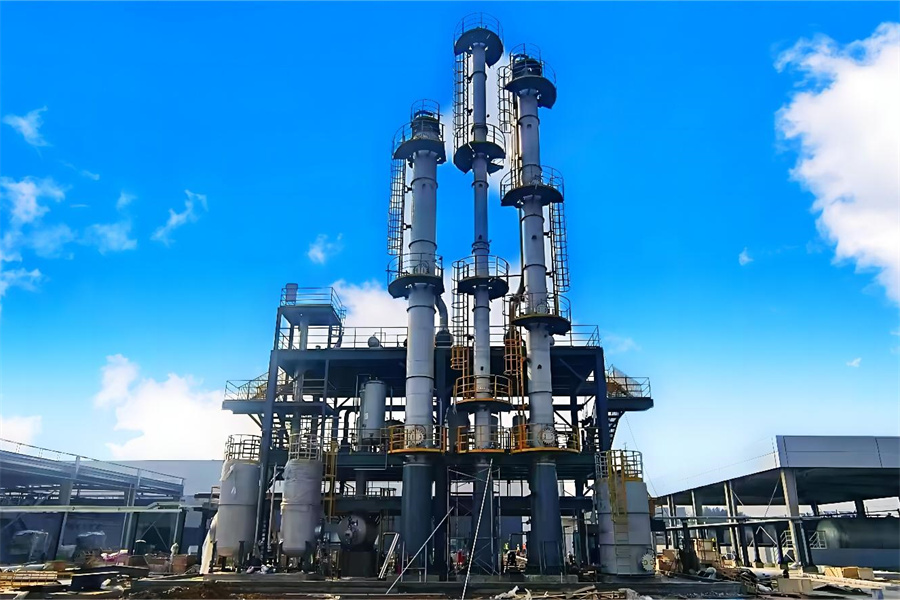 NMP distillation equipment in Ningguo era
NMP distillation equipment in Ningguo era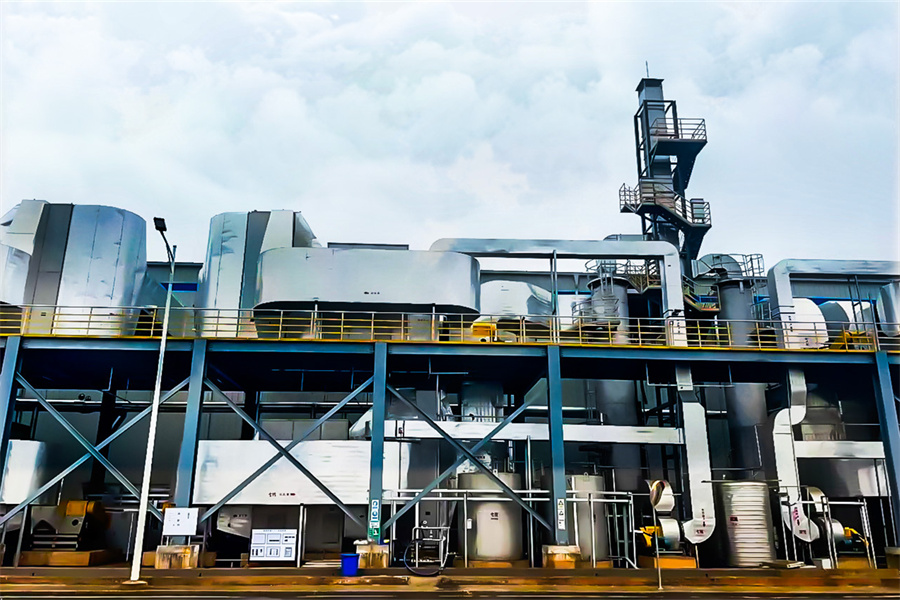 Guangxi Fudi (Qingxiu) NMP Recovery System
Guangxi Fudi (Qingxiu) NMP Recovery System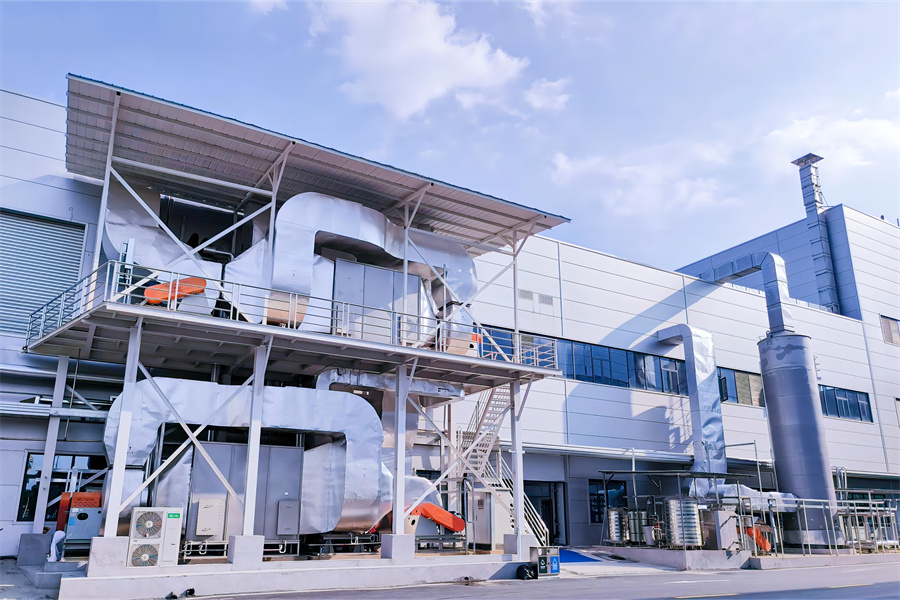 NMP Recovery Equipment in Desai, Hunan Province
NMP Recovery Equipment in Desai, Hunan Province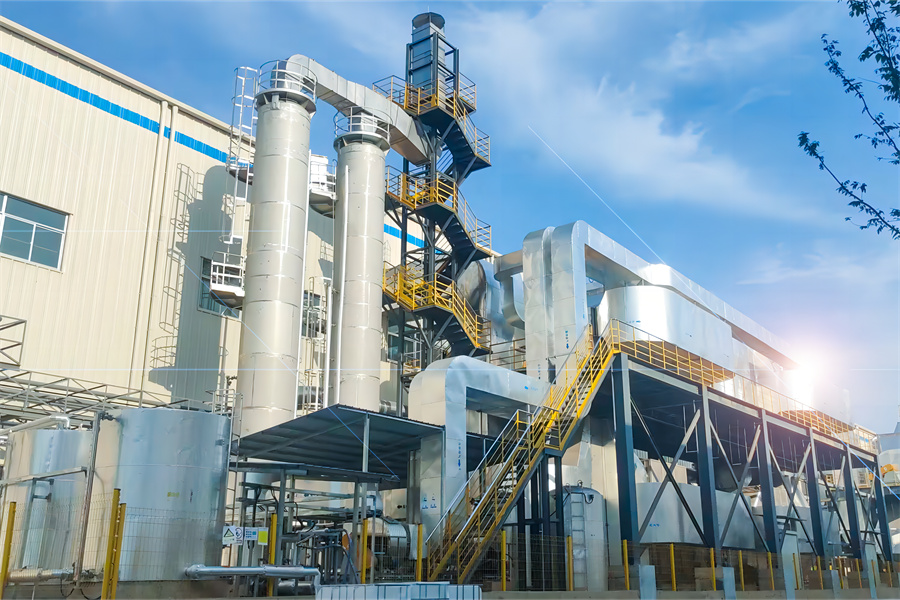 Xiangyang Foday NMP Recovery System
Xiangyang Foday NMP Recovery System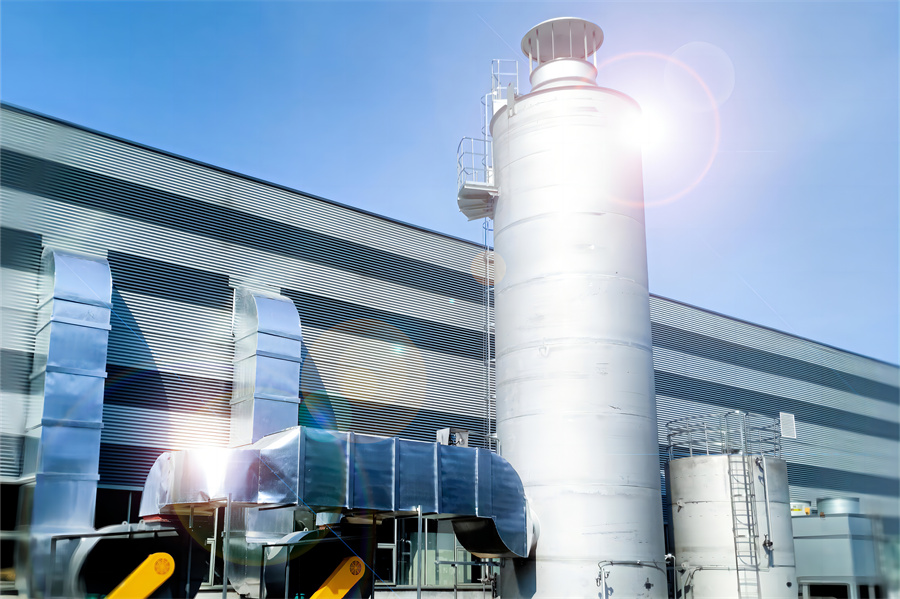 Shangrao SVOLT NMP Recovery System
Shangrao SVOLT NMP Recovery System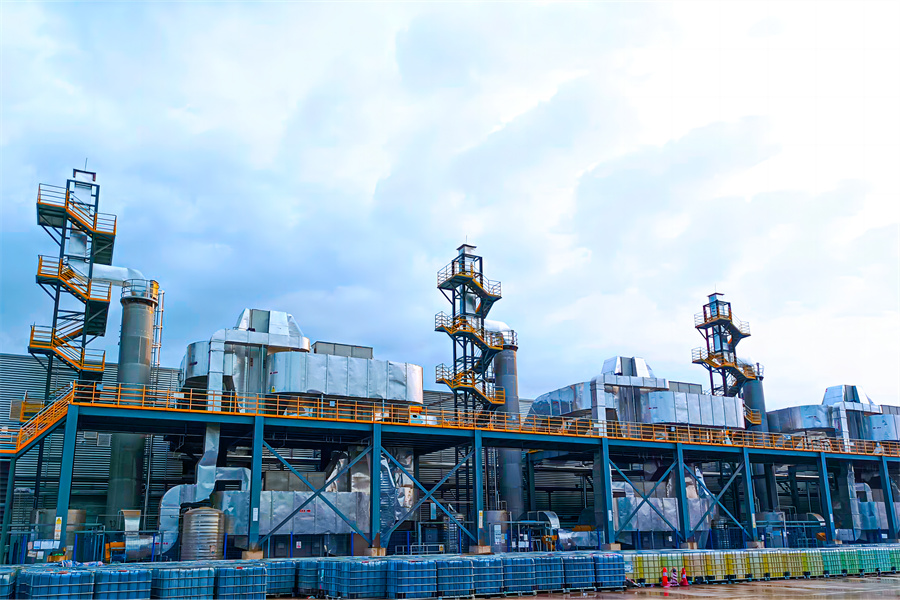 Yongning FinDreams Battery NMP Recovery System
Yongning FinDreams Battery NMP Recovery System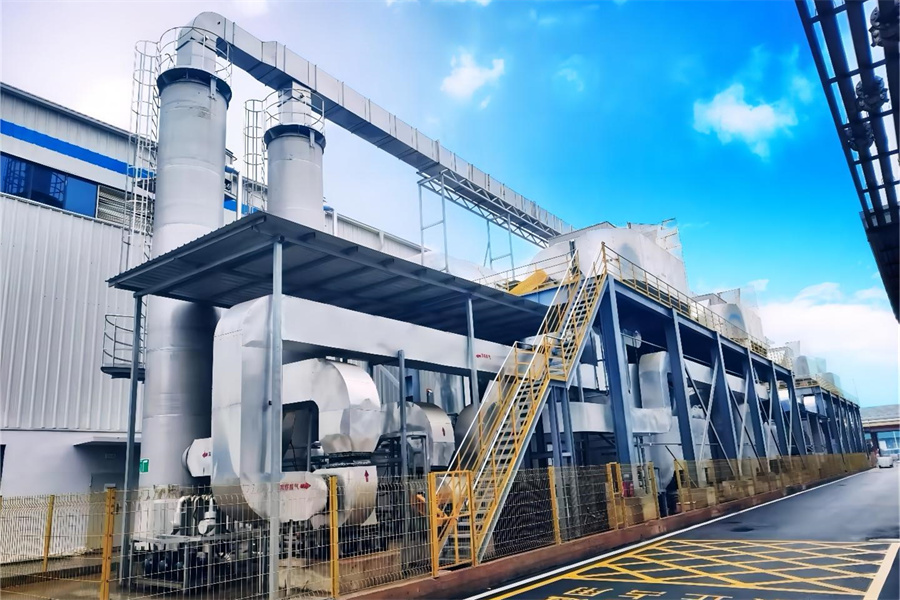 ASEAN Fodi (Wuming) NMP equipment recycling system
ASEAN Fodi (Wuming) NMP equipment recycling system Guangzhou Rongjie NMP recycling system
Guangzhou Rongjie NMP recycling system


 WhatsApp
WhatsApp
 Facebook
Facebook
 Instagram
Instagram